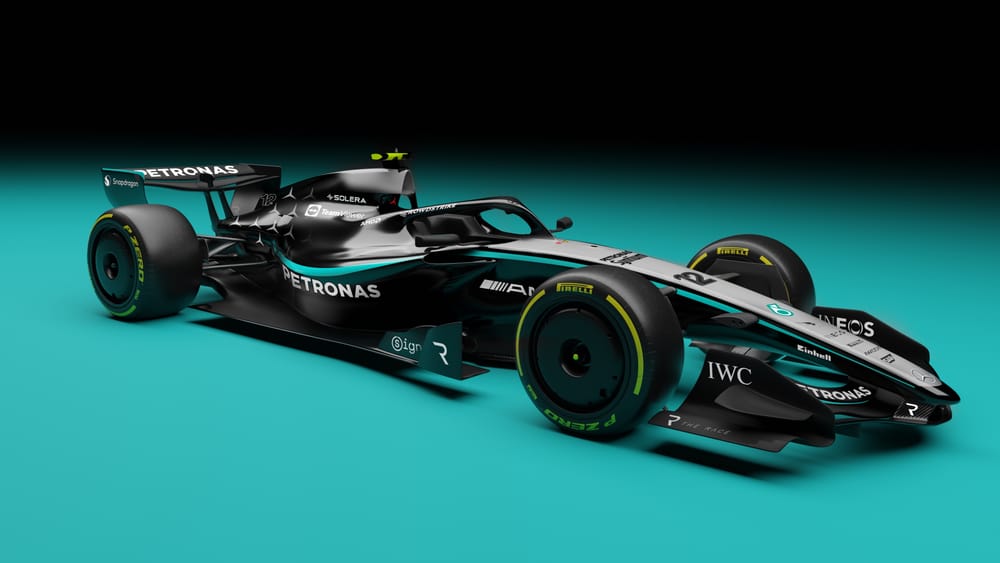Mercedes is battling some worryingly familiar problems in 2025 that mean its status as favourite for Formula 1’s big rules overhaul next year is at risk.
There are two reasons many in the paddock have tipped F1’s former dominant force to return to that position in the 2026 rules revamp: whispers about impressive performance numbers from its new-engine development work, and past precedent.
Mercedes famously mastered F1’s last massive engine overhaul so well that it dominated when the current 1.6-litre V6 turbo hybrid engines were introduced back in 2014.
But despite the all-new engine and chassis rules coming next year, its troubles this season indicate some major obstacles stand in its way.
Of course when it comes to the performance of the 2026 power units nothing can be taken for granted. Current paddock chatter is impossible to truly test until the cars hit the track next January.
Mercedes’ works team status means it has the maximum potential in terms of engine and chassis integration. Therefore, if the 2026 Mercedes engine really is the strongest, Mercedes should be the best team.
But even if we assume Mercedes does have the best 2026 power unit (though a repeat of the scale of its 2014 advantage seems unlikely), there are too many reasons to question whether its car would be up to winning the championship.
Early in the 2025 season, Mercedes appeared to be on the right trajectory. It lagged behind customer team McLaren, but was at least a regular podium finisher. But as the season has progressed, its form has worsened.
Are the weaknesses holding it back now proof of a more fundamental problem that won’t just disappear thanks to a rule change?
Mercedes' ongoing problems
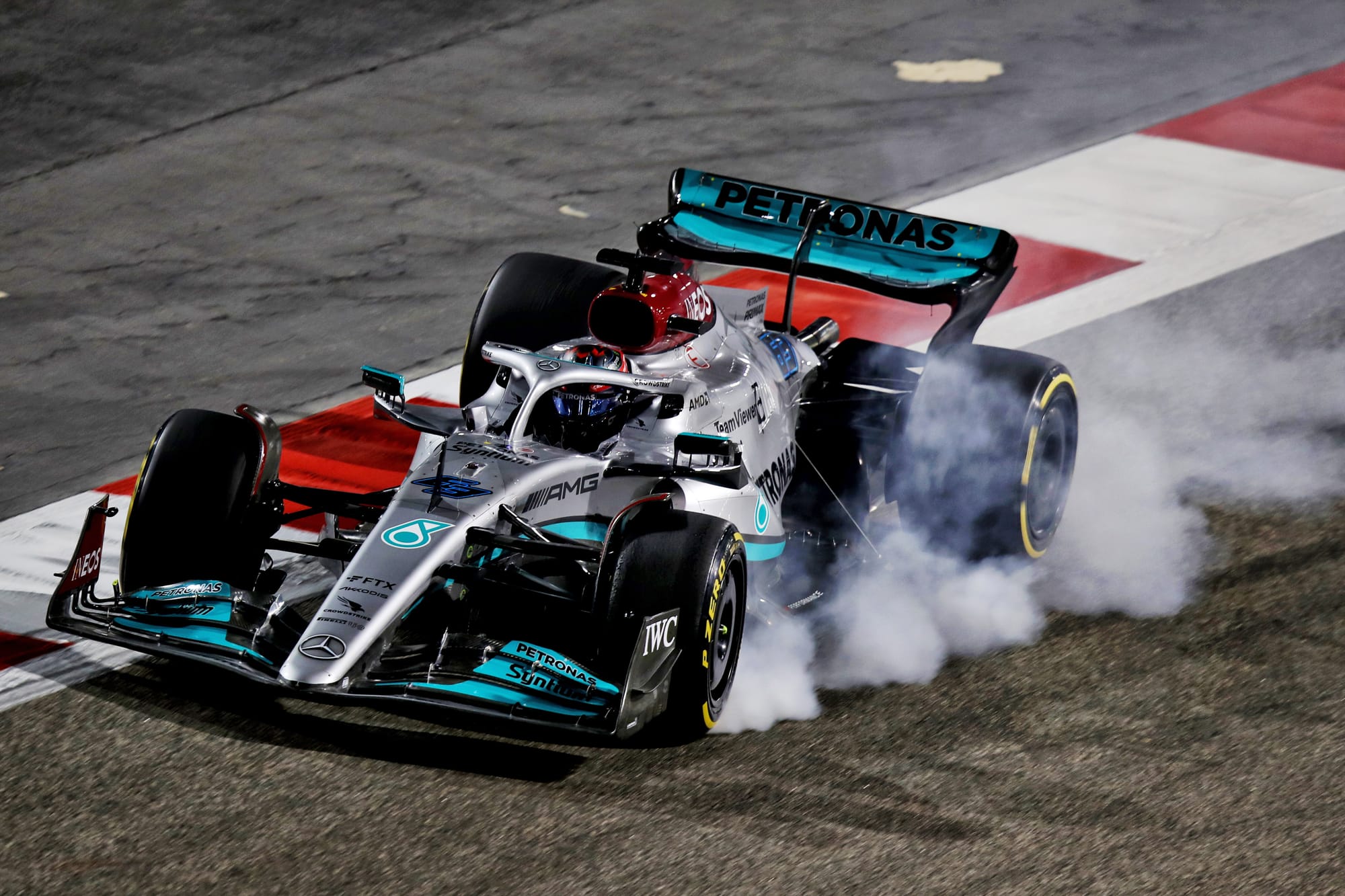
When the ground effect regulations were introduced in 2022, Mercedes was knocked off its perch. It had won 15 out of the 16 available drivers’ and constructors’ championships over the previous eight seasons, but under the new rules has won just five out of 77 grands prix.
In 2022, Mercedes hit huge problems with bouncing and porpoising. Its much-vaunted zero-sidepod design was conceived to maximise the area of exposed floor and therefore increase the ground effect downforce.
While its simulation tools promised prodigious downforce and performance, it didn’t anticipate the bouncing problems.
Again and again, the talk was of unlocking that potential, but it proved to be a fool’s errand. Although the raft of upgrades improved the car, allowing George Russell to win in Brazil, the limitations in rear suspension geometry forced the team into a lower-than-ideal rear ride height with overly-stiff settings to keep the floor from getting too close to, or hitting, the ground.
The 2023 car was supposed to be a refined evolution of the concept that eliminated the problems. As then technical director Mike Elliott said in February that year, a lot of “the DNA” of the 2022 car carried over into the Mercedes W14 and was combined with “a lot of evolution and detail improvement”.
That didn’t work. As early as qualifying for the first race of the season, big changes were being promised and Mercedes started to go in a more conventional direction with the zero-sidepod design ditched in an upgrade introduced in May 2023.
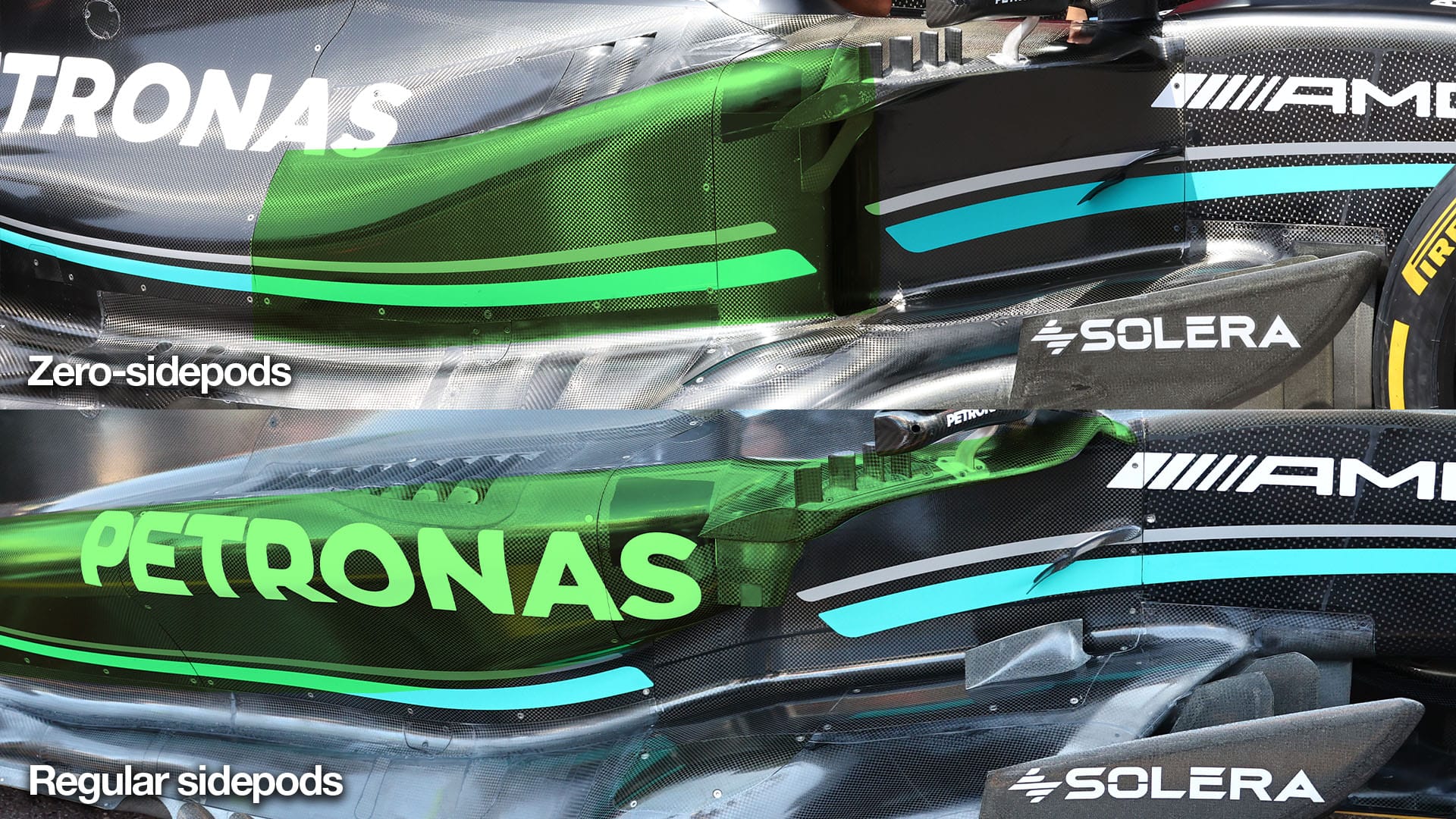
That said, Mercedes always insisted that this wasn’t an essential change and that its original idea was sound. More important were the changes to the underfloor, brake ducts and front wing. Once again, the idea was that the full realisation of these changes would be in the 2024 car.
Mercedes did make good on that, but hit other problems with the Mercedes W15. In particular, the problem of rear instability. That’s despite moving the cockpit rearwards, in line with requests from Lewis Hamilton, which was made possible by the redesign of the architecture of the car by the switch away from zero sidepods.
After a shaky start, the introduction of a flexible front wing, which ran for the first time on George Russell’s car at the eighth race of the season in Monaco, allowed Mercedes to have its strongest run of form under these regulations - three wins in four races between the 2024 Austrian and Belgian Grands Prix.
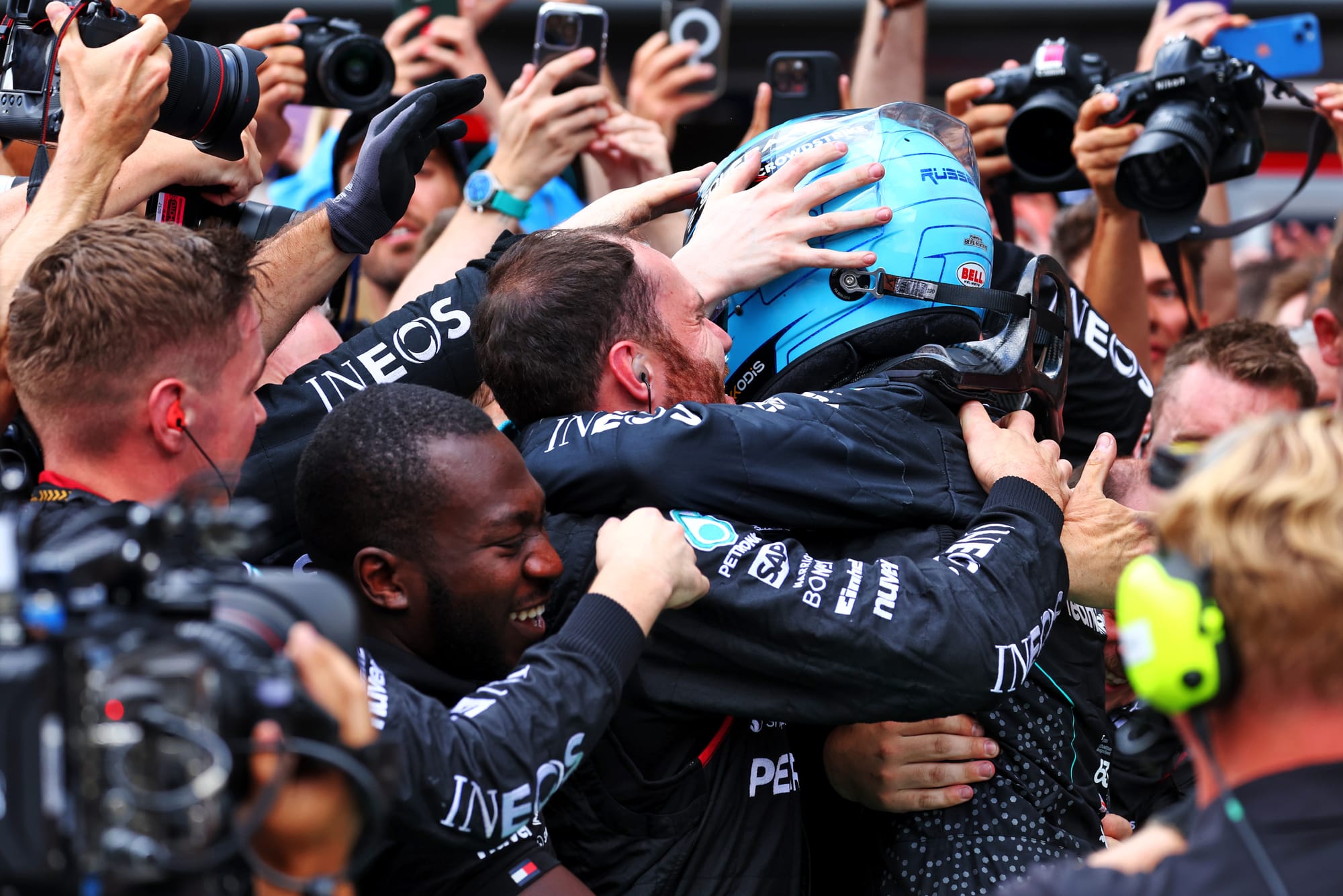
Some of its problems with rear-end instability were cured, thanks to allowing the front wing to generate downforce in the low speed but back off at high speed to avoid creating too much front end grip for the fast stuff.
Although Mercedes also dominated the Las Vegas Grand Prix at the end of the season, the team continued to be erratic.
The blame was put on ongoing weaknesses in simulation models, and it was clear that the team’s form ebbed and flowed with temperatures: far stronger in cooler conditions - as in Vegas - and struggling as it got warmer.
The hope was this would all be solved for 2025.
2025 disappointment
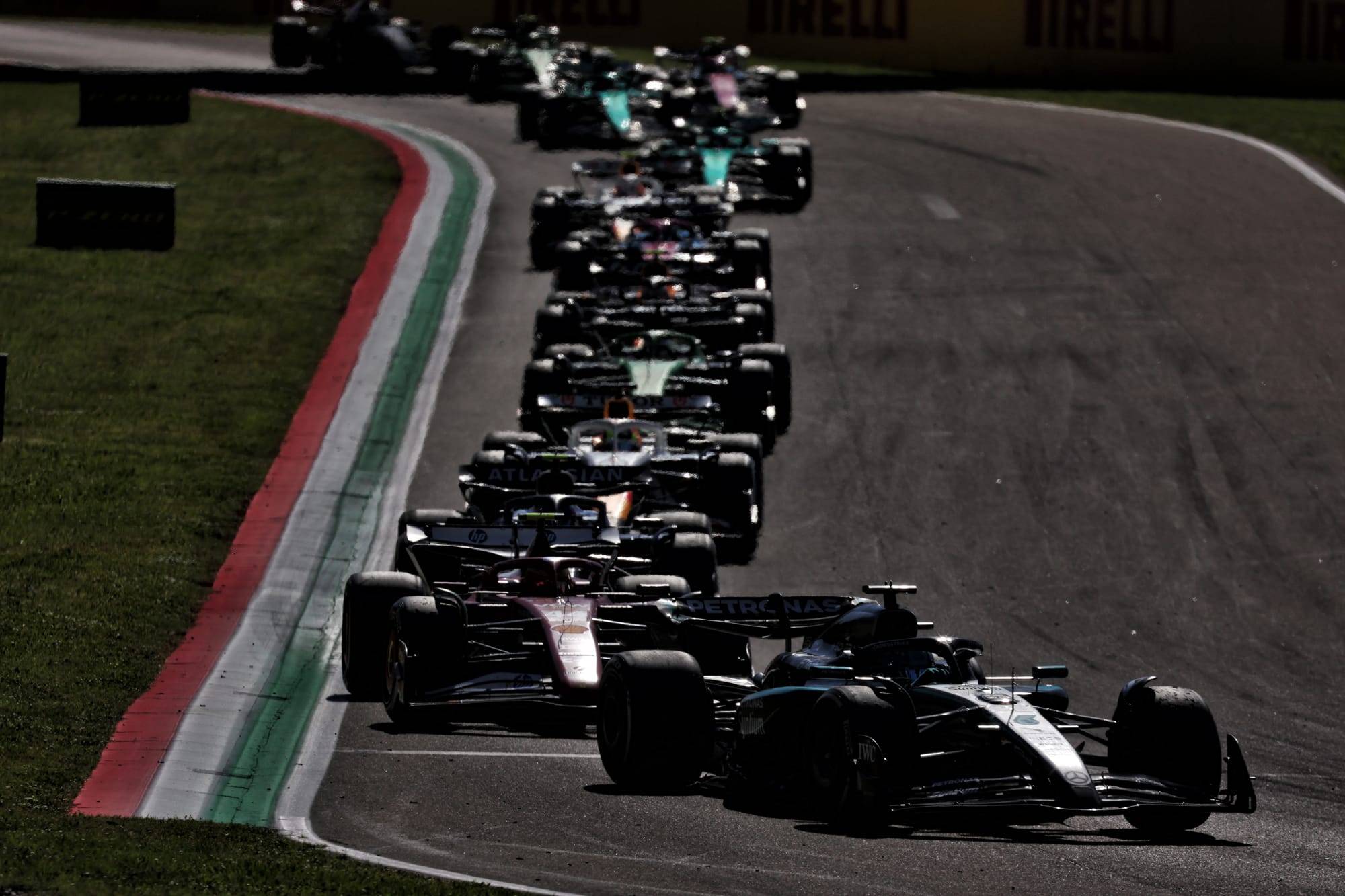
The early signs were promising for this season, with the Mercedes W16 handling well on track and racking up four podium finishes in the first six races, courtesy of Russell. That’s its best start to a season in the ground effect era.
Unfortunately, soon the old problem of struggling badly with the tyres in the higher temperatures struck, as team principal Toto Wolff admitted in Spain.
“We started to hit the bump when it got hotter,” he said. “It’s the same pattern of overheating tyres, whether it’s fronts or rears.”
This made for difficult races in Saudi Arabia and Miami, as well as a tough time in the recent Imola/Monaco/Spain triple-header.
The one positive is that Mercedes was stronger on that side of things in Spain, with Allison pointing to set-up mistakes over the first legs of the triple-header at Imola and Monaco.
“We got the first couple pretty badly wrong on the way that we set the car up, asking too much of the rear axle,” he admitted.
Despite that, Wolff argues that this problem is part of what he calls the intrinsic DNA of the car. And Mercedes doesn’t really understand why it’s having such problems.
“Even though we’re large organisations with many scientists and engineers, sometimes you don’t know why a car is doing something,” he admitted.
It also hit trouble with a rear suspension geometry change introduced for the Imola race. This included a new inner pick-up point for the top wishbone forward leg. This appeared to connect to the inner lower wishbone forward pick-up point. The change seemed to lower the pick-up point by 25 to 30 millimetres.
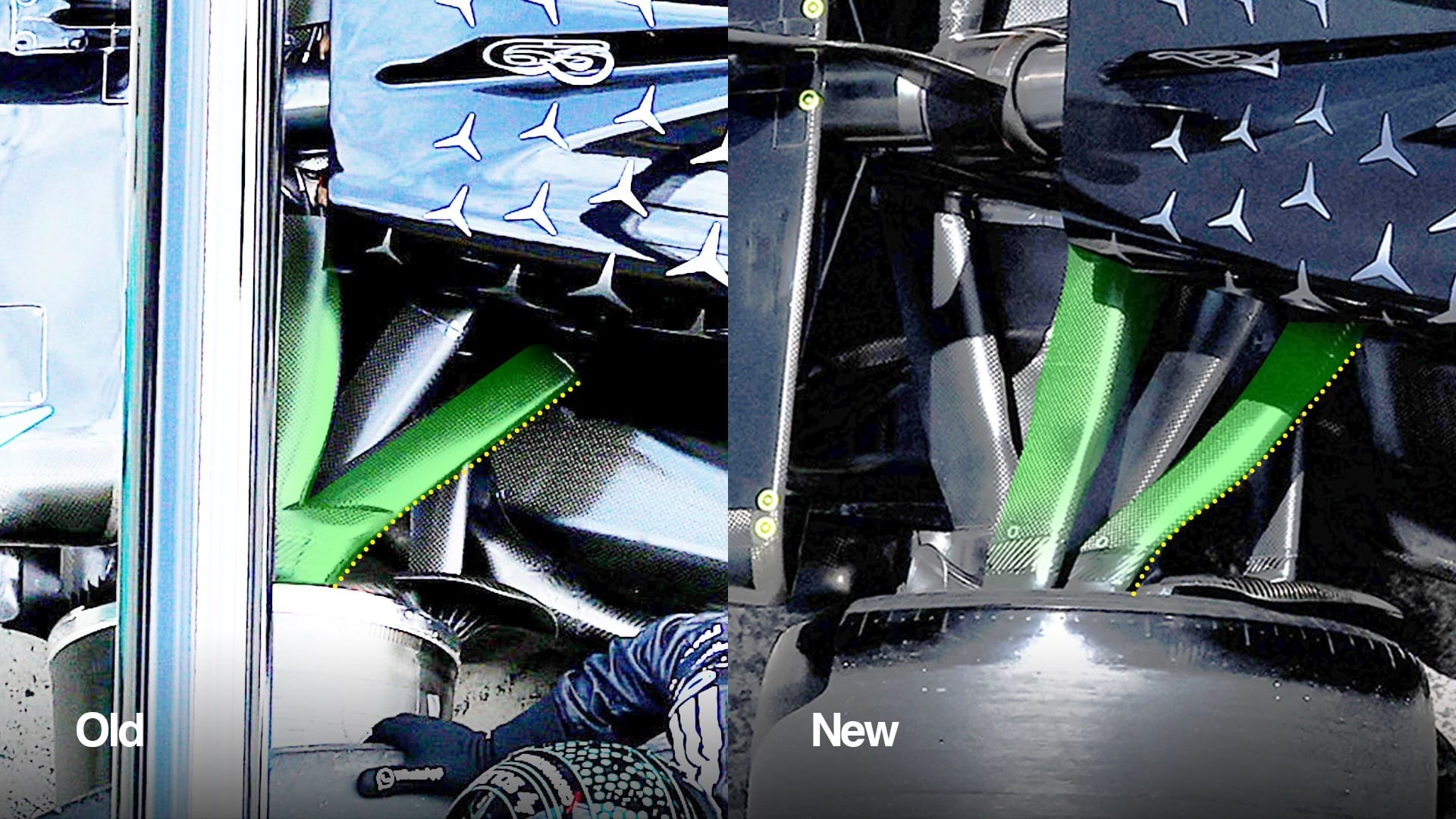
But with both Russell and team-mate Kimi Antonelli struggling for confidence, this suspension change was parked for Spain. The configuration could return if Mercedes decides its removal wasn’t responsible for the improved form in Spain, but if not clearly needs to be refined.
All of this points to the fact that while Mercedes has a reasonable understanding of its car, it lacks the depth of knowledge of customer team McLaren, which is the runaway championship leader while Mercedes has slid to third.
In particular, Mercedes lacks knowledge of whatever it is that’s causing its tyre troubles, whether that’s the cooling regime, the suspension kinematics or any number of other factors that can influence it.
Aside from Antonelli’s Miami sprint pole position, the Mercedes has only over been thereabouts at best - and at worst well off the pace.
Why this matters for 2026
This could read like a case for Mercedes writing off 2025 to simply focus fully on 2026 car development.
But the nature of its current problems mean it can’t be that simple.
Yes, next year is a clean sheet of paper design with nothing carried over so you could say Mercedes will be starting afresh. After all, the intention of next year’s cars is for there to be less reliance on underfloor downforce with the cars therefore not running so close to the ground.
That means a very different airflow regime and a reduced chance of problems with bouncing and porpoising, as well as an easing of the balance challenges with low-speed understeer and high-speed oversteer of the current cars.
It’s true this could mean Mercedes is working outside of the areas where it has consistently had trouble in recent years. However, there’s also no guarantee that’s the case - doubly so given the law of unintended consequences means that it’s far from certain next year's car will work as anticipated by the rulemakers.
This is all about the design and simulation tools and the underlying science employed by Mercedes. Its high-temperature troubles this year prove it’s not understanding something, and it would be negligent simply to shrug and assume that won’t be the case next year.
This is the big concern for Mercedes, and why it must continue to use the current car to sharpen its understanding to feed into the 2026 car.
When the 2014 regulations changed it also impacted the cars, and Mercedes produced a pretty good one to go with its market-leading power unit - it’s suggested since then that the scale of its engine advantage meant the quality of its car was actually underestimated.
It’s no foregone conclusion Mercedes can produce a car that good this time round given its current confusion.
Right now, McLaren is the dominant force in F1 and, despite only being a customer team, also has a close working relationship with Mercedes AMG High Performance Powertrains in Brixworth, which designs and builds the engines.
It’s clear McLaren is well ahead of Mercedes in terms of detail understanding of what makes the current cars work, so why shouldn’t the same happen again next year? Also, Mercedes customer team Williams is on the rise and could potentially be a threat if it can take another big step forward.
Russell has even talked up his old team’s chances.
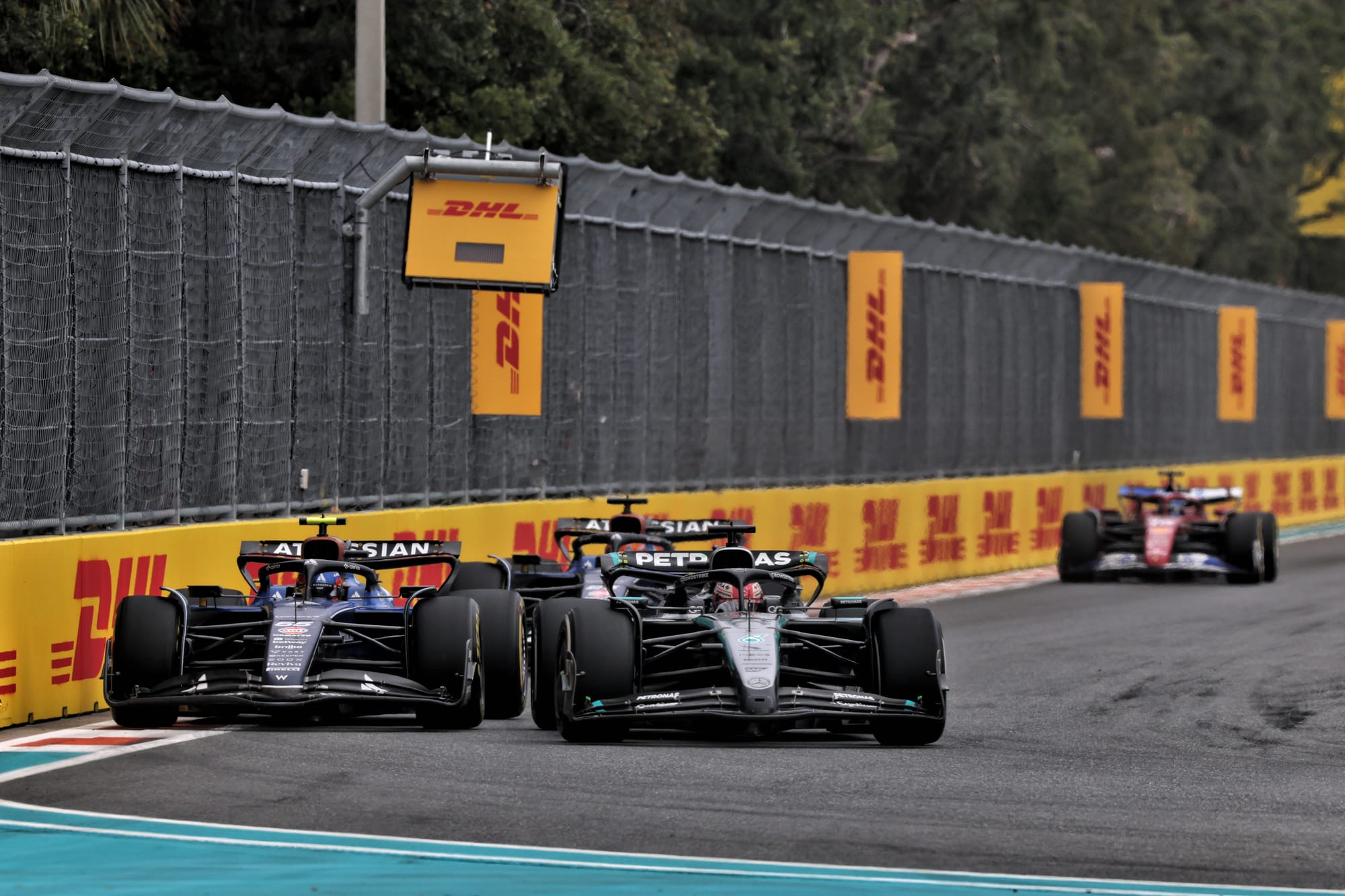
“Williams are already 100% on next year, they’re going to have a Mercedes engine, maybe they’re going to be the team to beat?” he suggested.
If Mercedes continues to be lost when it comes to ensuring it has a car that doesn’t struggle in higher temperatures, then there’s every chance it won’t be the leading Mercedes-powered team next year.
And that’s why the rest of 2025 is so important in terms of Mercedes sharpening up if it’s to have any chance of returning to championship winning form.


